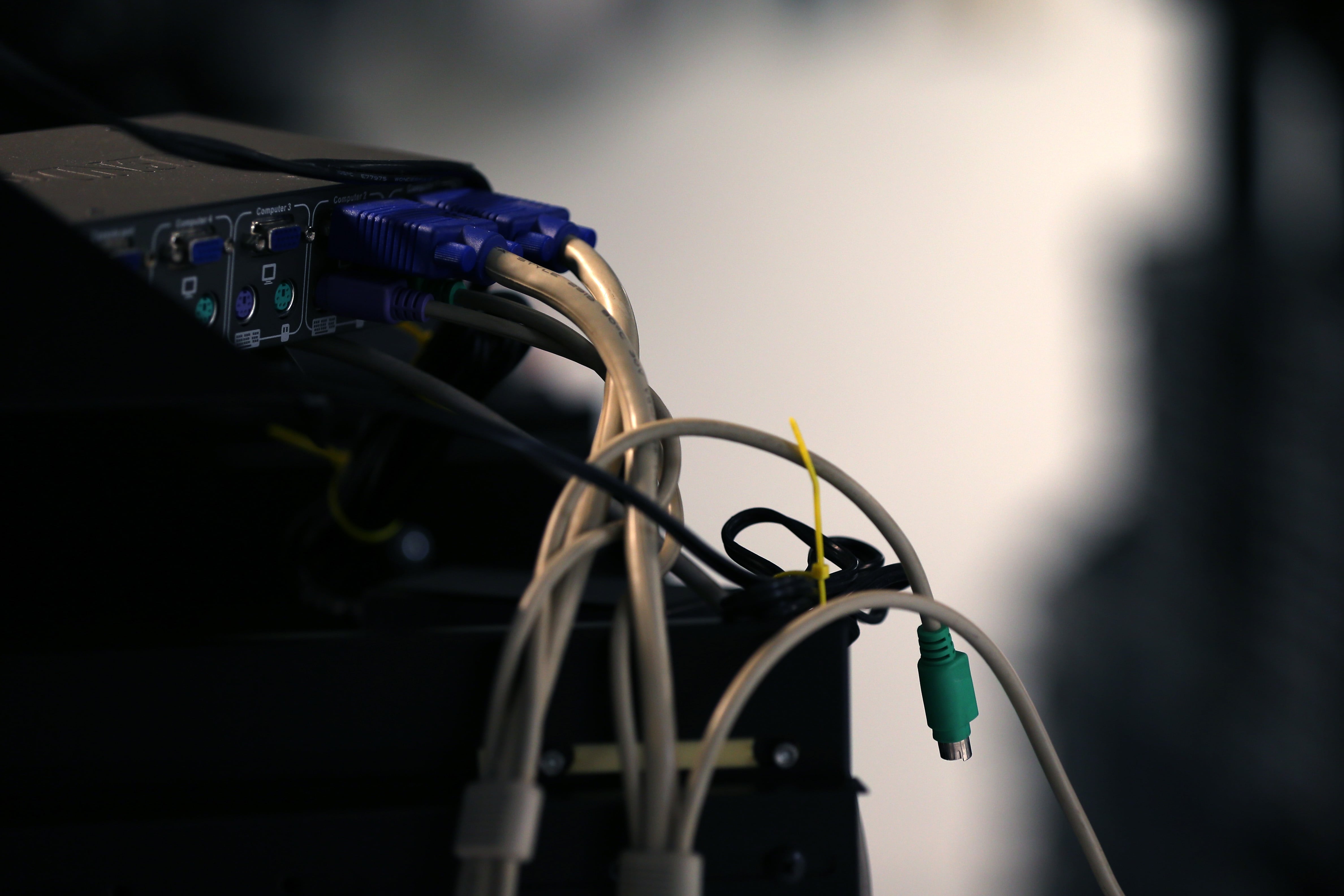The coronavirus pandemic sent the Pentagon’s IT officials scrambling to prepare its workforce and network for telework. Now, as the Department of Defense begins to ponder what effective work looks like after successfully carrying out its mission during months of work from home, some changes may stick around.
“There is a new way of doing business,” Essye Miller, principal deputy in the office of the DoD chief information officer, said May 6 at the C4ISRNET Conference. “We have to define what that looks like based on the mission.
“Obviously we’ve got people working in various environments, classified [and] unclassified. Organizations will have to figure out what’s important to them: what has to be accomplished inside a physical facility and what can be done remotely; how we need to measure those outcomes; and, not to mention, what we need to equip our workforce with to accomplish that.”
As of mid-April, the department handed out 2,000 remote devices to personnel, doubled the Pentagon’s call volume capacity and increased its internet connection by 30 percent. Miller also said the Defense Information Systems Agency has expanded endpoint management capacity by 327 percent.
RELATED

Pentagon IT officials are very proud of their Commercial Virtual Remote environment, a temporary remote collaboration platform that gives employees access to the Microsoft Office suite. However, Miller also said that while the CVR environment has been successful, the Pentagon’s Defense Enterprise Office Solutions — a $7.6 billion cloud contract that will provide access to the Microsoft Office suite — is still vital to the department.
The Pentagon is still “pushing forward” with the DEOS contract, Miller said, which is currently being corrected by the DoD and the General Services Administration after a protest to the Government Accountability Office.
“The COVID-19 pandemic brings to the forefront just how important an enterprise office suite is for our workforce due to the massive teleworking that’s been implemented,” Miller said. “Although we’ve put in place an interim collaboration solution to address the current national emergency declaration, DEOS is the enduring capability the department needs.”
The DoD was also surprised by the high demand for tools outside of email, Miller said. Demand was “even higher” for collaboration, video and chat tools. But that high demand didn’t mean users were prepared to use the tools.
“You still have some user training to do there. That was a lot of our first few days of our help desk calls,” Miller said. “We had to help folks get comfortable with that new environment.”
The DoD also had to set up an online portal to allow employees to renew their common access cards so they could continue to access DoD devices from home. That’s a process that typically has to occur in person.
After eight weeks of telework and a rapid expansion of telework capabilities, the DoD is now wrestling with what remote capabilities are needed to continue providing its workforce with proper access and what infrastructure must stay in place to support that.
“It’s just a totally different landscape and mindset for us,” Miller said.
‘Crusty old dude biases’
That different mindset was stressed by a pair of general officers who appeared later in the conference.
“Absolutely, it’s changing,” said Lt. Gen. Robert McMurry, commander of the Air Force Life Cycle Management Center, when asked if he thinks the last six weeks of telework from the department will have a lasting impact.
“I work four days a week out of my closet. You know, people, if I can do it on the executive level, if the executive leadership can work from home and still get work done … we’re starting to get over our own crusty old dude biases against telework,” he added.
Brig. Gen. Matt Easley, director of artificial intelligence with Army Futures Command, agreed with McMurry, saying there is “definitely” a sense of change coming out of this recent experience, adding that he was working remotely on “extreme coding” situations 20 years ago as a contractor — something the DoD still hasn’t gotten to yet.
There will always be limits, of course. Both men emphasized that classified work will require being in a secure facility, and that will likely never change. And there are hardware projects, such as working with robots, that require hands-on work, Easley noted.
But it’s no surprise that two men involved in trying to develop new capabilities for the military see the benefit of allowing more telework, as the issue has been a recurring one when trying to attract top technological talent to work for the Pentagon. Simply put, an engineer or programmer might more likely take a job with the DoD if teleworking is an option.
“We need the talent, we don’t need the body in place,” McMurry said. “I think for a lot of our work we’re going to make huge gains. …. The game is changing right now, changing for old guys like me, and the young people are saying: ‘Fine, that’s exactly what we want.’ ”
Andrew Eversden covers all things defense technology for C4ISRNET. He previously reported on federal IT and cybersecurity for Federal Times and Fifth Domain, and worked as a congressional reporting fellow for the Texas Tribune. He was also a Washington intern for the Durango Herald. Andrew is a graduate of American University.
Aaron Mehta was deputy editor and senior Pentagon correspondent for Defense News, covering policy, strategy and acquisition at the highest levels of the Defense Department and its international partners.








